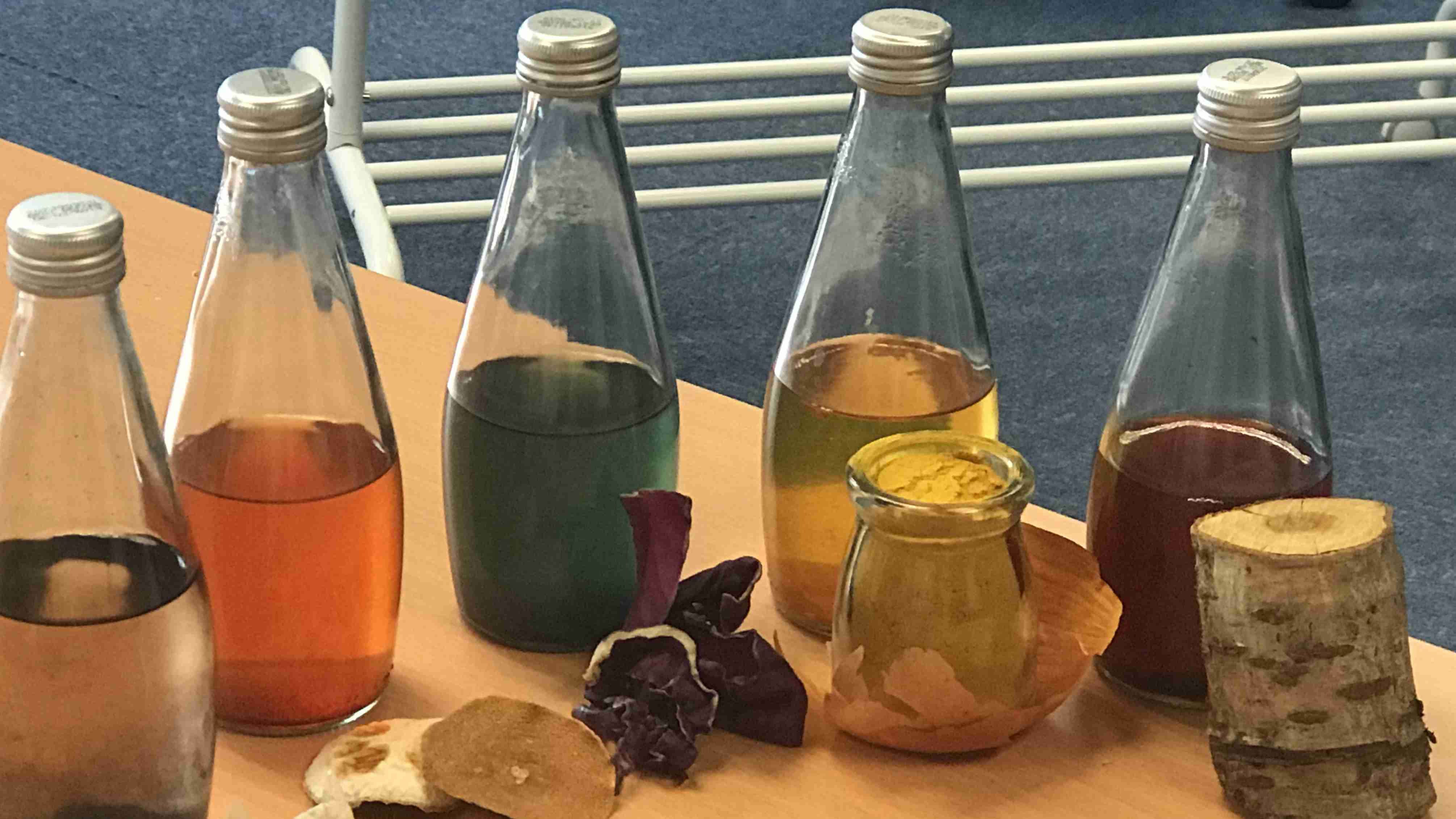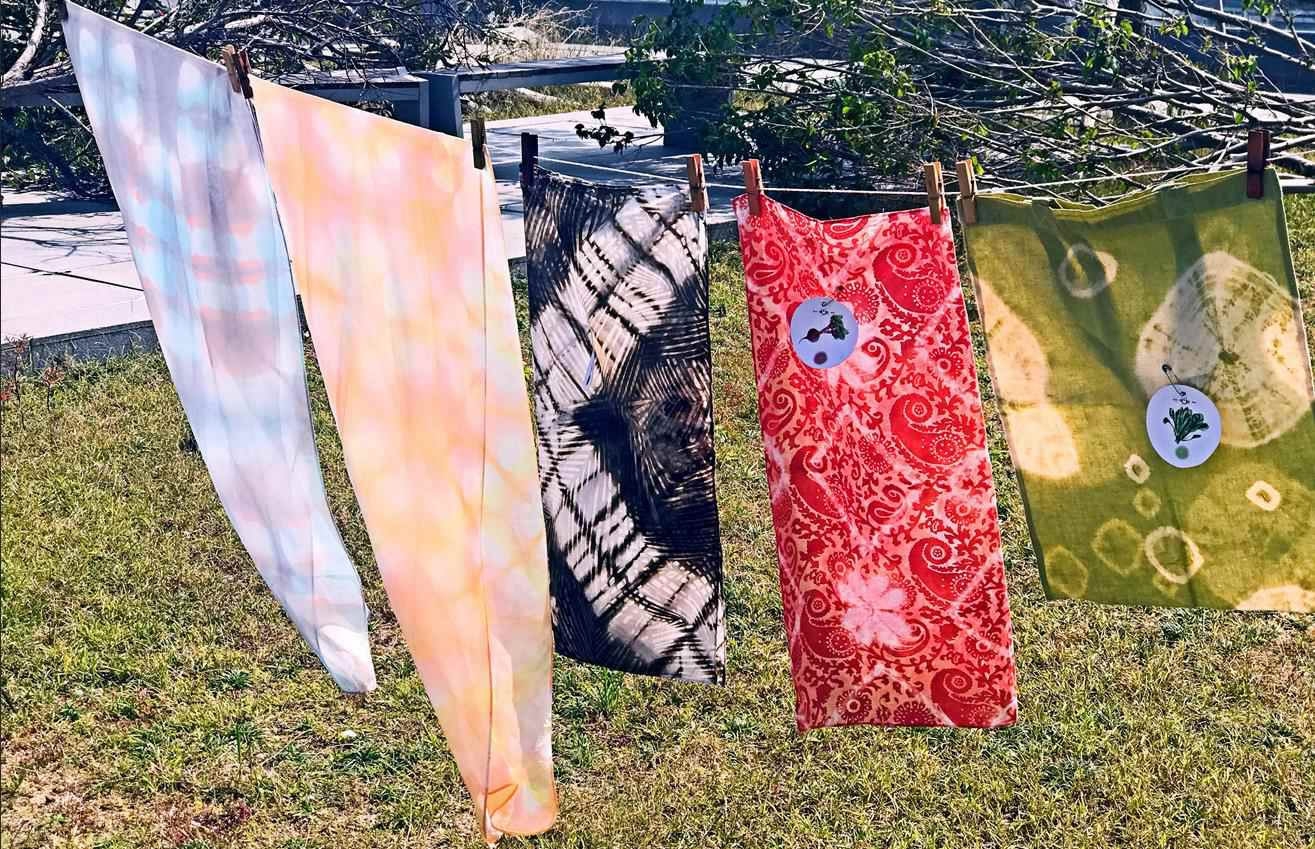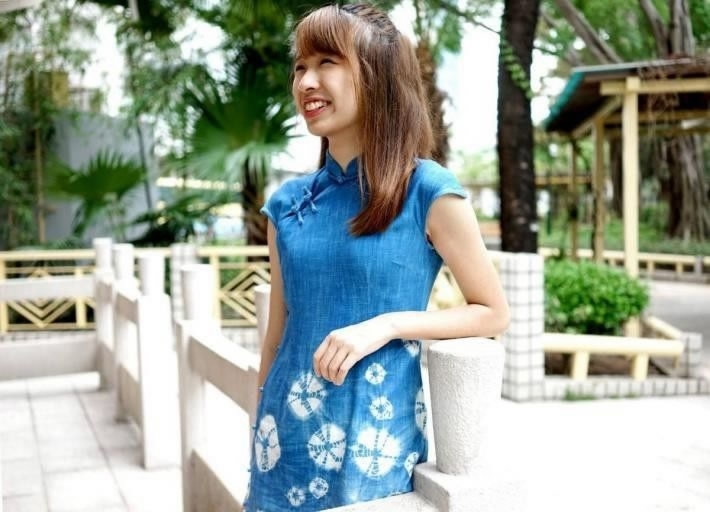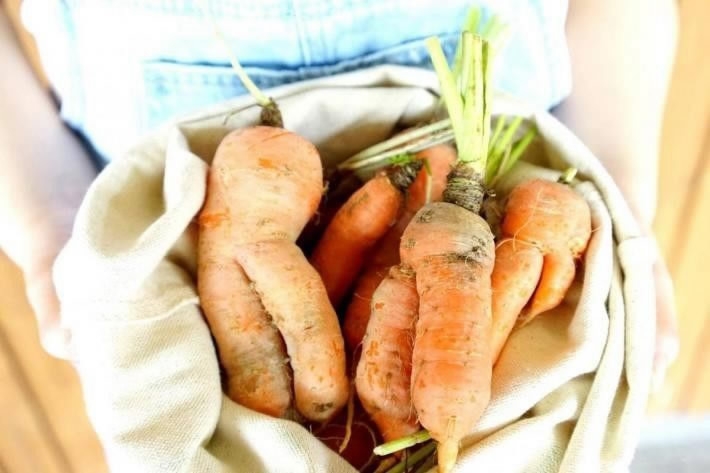
Culture
22:06, 30-Oct-2017
Dyelicious: Creating a splash of color from kitchen waste
By Li Jiejun

Believe it or not, beautiful colors can be made from humble food waste and one group of youngsters in Hong Kong have grabbed a business opportunity right out of the trash can by turning thrown away food into dye.
In 2013, Eric Cheung and Winnie Ngai founded their company Dyelicious, the first kitchen trash workshop in the city.
They can create red from wood, yellow from onion and ginger, blue from purple cabbage and gray tones from tea.

Cloth dyed by food waste. /Photo via Dyelicious
Cloth dyed by food waste. /Photo via Dyelicious
"Nature is the big source of our raw material. Every single piece of material could be raw material for our color testing, such as coffee grounds, soy dregs and even leaves," said Winnie.
With a lack of information to refer to, the team spent five years researching
how to get the right colors from food waste.
Their office is actually a small laboratory. Sometimes, they spend a whole day boiling or "cooking", adding sugar, vinegar, and salt among other ingredients.
In doing so, an orange peel can be turned into orange dye and a rotten pineapple might be turned into a beautiful yellow color.
At the beginning, Eric and Winnie were always laughed at by local vegetable vendors when they asked for their waste. But when the sellers saw the results of their upcycling, they became more supportive.

A traditional Chinese dress, qipao, dyed using purple cabbages. /Photo via Dyelicious
A traditional Chinese dress, qipao, dyed using purple cabbages. /Photo via Dyelicious
Over the past five years, Dyelicious has turned more than six tons of food waste into dyes for dresses, scarves and handicrafts, turning the old saying of "one man's trash is another man's treasure" into a reality.
Hong Kong disposes of a staggering 15,000 tons of solid trash every day and over one third of that is food waste.
Turning the food into dye is a small step in alleviating food waste woes, but it’s at least a beginning.
Dyelicious sells the dyed products and teaches people how to DIY their own colorful clothes and handicrafts.
While running the business is definitely not easy, the group says it’s worthwhile.

Vegetables with different colors. /Photo via Dyelicious
Vegetables with different colors. /Photo via Dyelicious
"We have thought of giving up. Our experiments have failed many times. And we don't have a stable income. Rent is so high. We feel a lot of pressure. But we are continuing our efforts, hoping to bring some change to society," said Eric.
The waste problem is a pressing issue in Hong Kong, as the city’s landfills are expected to be full in a mere two to three years.
Winnie and Eric are trying to make a small step to change society and are hoping to gain big improvements for environmental protection in the city.
1970km

SITEMAP
Copyright © 2018 CGTN. Beijing ICP prepared NO.16065310-3
Copyright © 2018 CGTN. Beijing ICP prepared NO.16065310-3